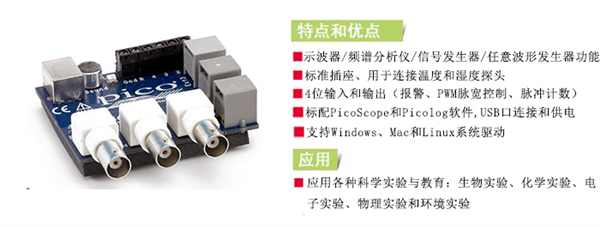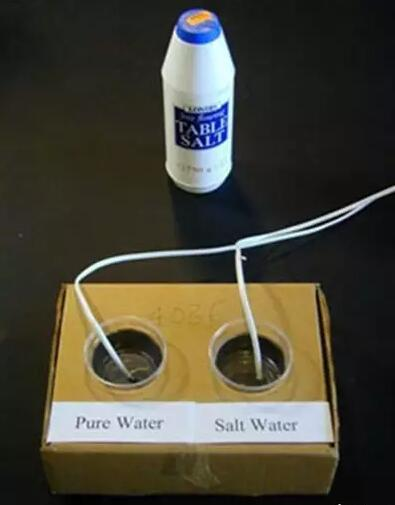Ice is a solid state of water. The knowledge points are explained in the natural textbooks of primary school students and in the physics textbooks of middle school students. It is well known that the freezing point of water is zero degrees Celsius, but this does not represent any freezing point of water such as sea water. Because there is a large amount of salt in the seawater, the ionization of the salt affects the freezing temperature of the water. Today's small family experiment is to explore the effect of salinity on the freezing point of water. This experiment not only allows children to have a new understanding of the freezing point from a physical point of view, but also has a new understanding of salt electrolysis from a chemical point of view!
Test name: Effect of salinity on water freezing point
Test Description: This experiment observed the freezing temperature of two cups of water. One cup contains pure water and the other contains salt water. This experiment is very suitable for showing how salt reduces the freezing point of water. This is also a good introduction to the latent heat theory. Applicable to people over the age of 12, need to understand the process involved in the change of liquid state.
Required equipment:

DrDAQ data logger; two DrDAQ external temperature probes (PartNoDD100); water container (we use plastic cups); salt; a freezer.
friendly reminder:
If the refrigerator is more than 2 meters from DrDAQ, you may also need one or more 5m sensor extension cables (PartNoEL032).
Experimental setup:
• Fill two cups with enough water to cover the temperature probe. The more water used in the experiment, the longer the experiment.
• Add saline to a cup and stir until dissolved. The addition of the salt is stopped when the solution is saturated (ie, the salt does not dissolve). A cup marked with salt water for easy identification.
• We placed two cups in a cardboard box with two cutout holes. This will prevent water from overflowing and provide some insulation.
• Place a temperature probe in each cup of water and secure it in place with the rubber band around the cup. Ideally, each probe should be in the middle of the cup, not touching the edges.
• Plug the probe into DrDAQ and run the PicoLog software. Name one channel "pure water" and another "salt water". Check that the temperature reading is reasonable.
• Set PicoLog to record readings every minute.
• Place two cups in the freezer, close the door, and carefully route the cable from the temperature sensor out of the door, not the sensor. The figure below is a test reference diagram.

Note: If there is only one temperature probe, you can also experiment, but pay attention to the time.
Experiment: Start PicoLog to collect data and display two channels on the graph. Check if the temperature of both channels begins to drop. Allow the experiment to continue until both temperatures are uniform. In our freezer, this took place around -30 °C and took 5 hours. Please note that due to the action of the freezing thermostat, the temperature may fluctuate slightly.
Trash Cans Recycling Bins can be widely used in office or at home, to keep the space clean. We are the professional manufacturer for metal and plastic products: Pedal Trash Bins, Hand Push Trash Bins, sensor Trash Bins. Some of our products are CE/ SGS certified. You can contact us for OEM.
sensor garbage bin,intelligent garbage bin,touchless garbage can,Smokeless Bbq Grill Charcoal Picnic Grill
TAISHAN YUEXIN INDUSTRIAL GROUP LIMITED , https://www.tsyuexingroup.com